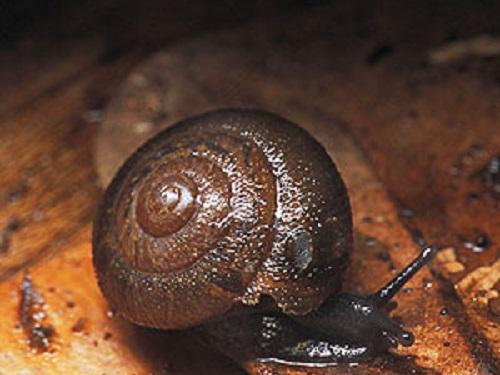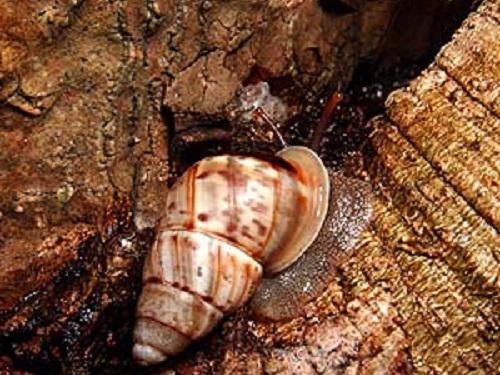Dinarzarde Raheem
The project focuses on the diversity, distribution and conservation of Sri Lankan land snails in severely deforested landscapes.

Landouria.
Sri Lanka’s land-snail fauna is diverse (~300 species) and is dominated (~80%) by species endemic to the island, many belonging to genera unique to the Western Ghats-Sri Lanka hotspot, one of 34 global biodiversity hotpots. Increasing evidence suggests that most of these endemic snails are confined to narrow geographical ranges and survive largely or only in the highly fragmented natural forests of the island. Despite major recent advances in our knowledge of Sri Lankan snails, distributional data are lacking or scarce for many species, and many snails have not been recorded for more than a century. This is particularly true for species restricted to parts of the island where forest loss has been severe over the last two centuries. In these regions natural forest remains only as small (often < 100 ha in area), highly isolated and degraded patches, in landscapes dominated by intensive monocultures (i.e., tea, rubber, coconut) or composed of a complex mosaic of agricultural land and settlements. A comprehensive understanding of the current diversity and distribution of native snails in such landscapes will be crucial to developing and effecting long-term strategies for conserving Sri Lankan snails and their forest habitats in the face of ongoing and future environmental change.

Btrifasciatus.
I propose to study the conservation of native land snails in the most severely deforested regions of western, southwestern and central Sri Lanka. The remaining forest in these regions is distributed across many isolated and widely scattered fragments, many of which are currently not protected (i.e. are not part of the Sri Lankan national protected areas system), and form part of large- and small-scale commercial plantations, village common lands, and monastic property. By carrying out field surveys of such areas and of a range of potentially important modified habitats such as abandoned cultivation/regrowth forest and polyculture agroforests (e.g., home gardens), I will assess the distributional ranges and status of species and identify the key areas and measures needed for conserving snails and their habitats in severely deforested landscapes. I will actively engage with a range of stakeholders, including commercial plantation companies and local communities, as well as with and private and state bodies to ensure long-term conservation of snails and their habitats. Through an extensive outreach programme, I will raise public awareness of Sri Lanka’s snail fauna, the importance of natural forest for conserving the island’s biodiversity, and the measures needed for conserving fragmented forest habitats and biotas.